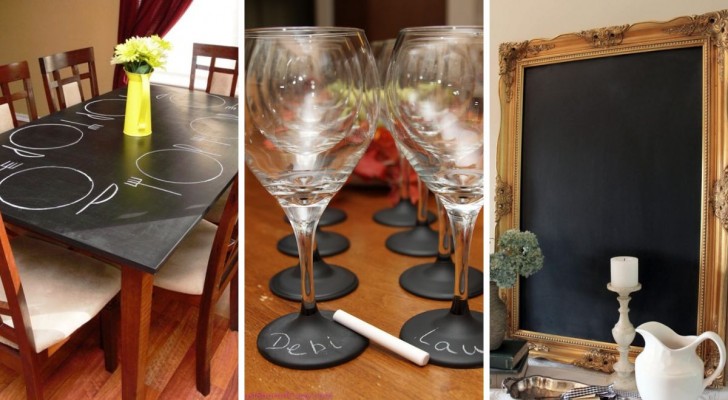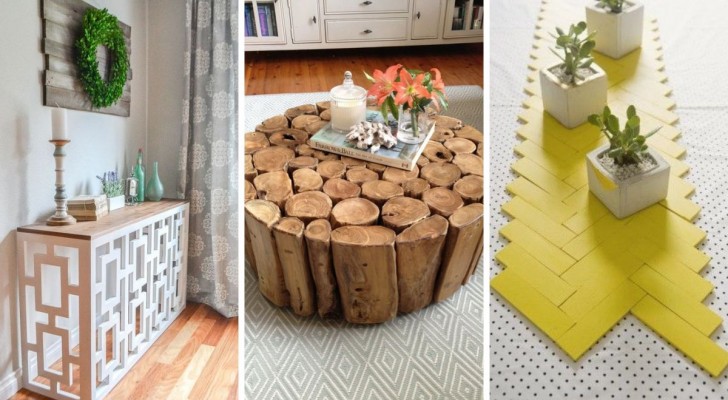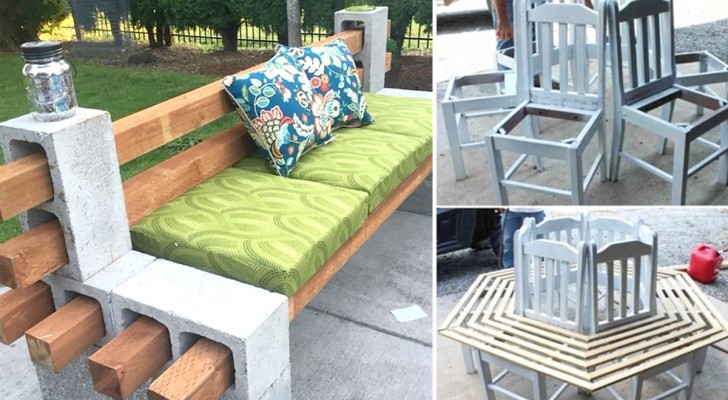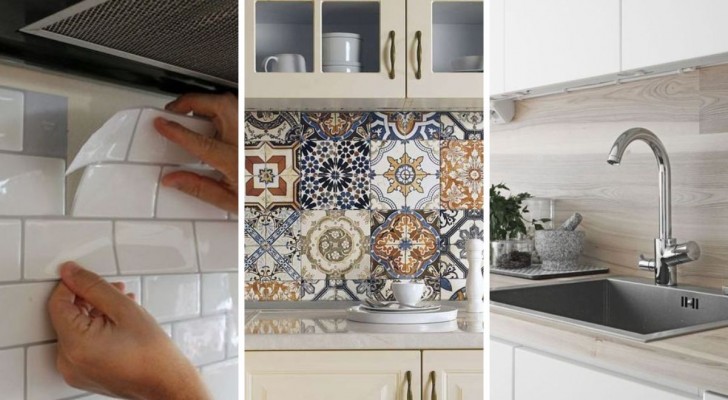Repainting kitchen furniture: useful tips for a perfect DIY job
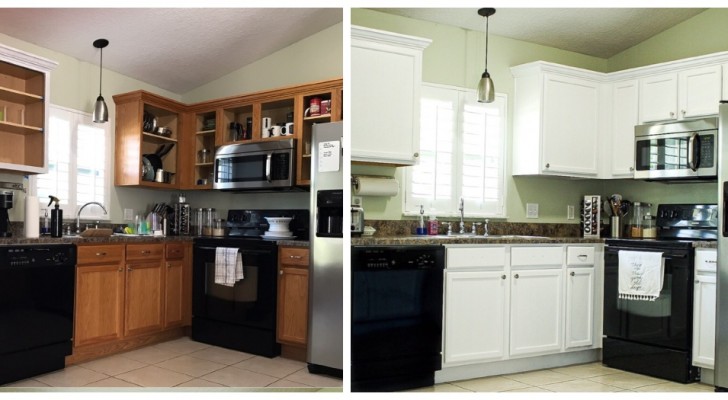
Over time, even the most beautiful and beloved furnishings can get worn out-looking, and kitchen furniture is no exception. Maybe at the time of the installation we were convinced they would last forever - but over time, these same furnishings may seem old and boring.
So, what can you do if you can't replace all the furniture in the room? And what if the furniture is still fully serviceable? The answer is simple: consider repainting your furniture a different color: with minimal expense, this will transform the look of an entire room.
Using professionals can be expensive, but you can get similar results using DIY techniques: just keep in mind a series of valuable tips.
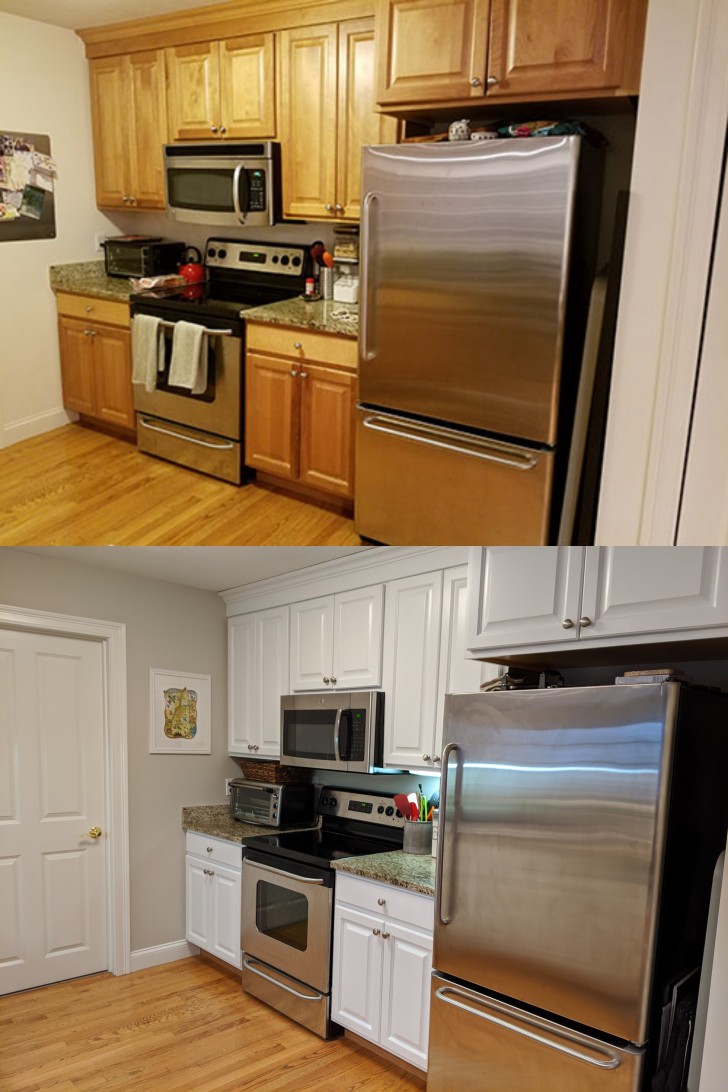
First of all, prepare to be patient, because a job well done cannot be rushed; you also need space: free up a part of a room where you can work in peace when you have to sand and paint, without tripping over things. Also, if there is space, when you find yourself doing the sanding, the dust produced will not end up all over place!
Choose the best quality products, including primers, paints, finishes, brushes and rollers: it is better to invest in these purchases than to find yourself with ruined furniture.
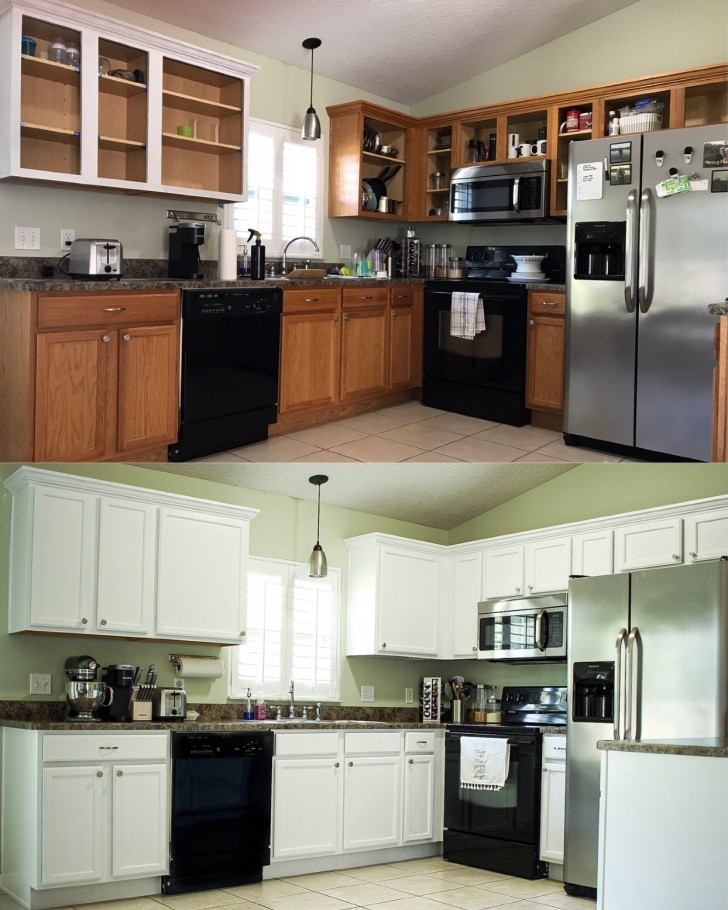
Let's quickly review the essential steps of this DIY project:
- Disassemble each piece of furniture, and gather up any tools you will need. At this stage, it is important to label each piece so that you know where each door, shelf and similar goes.
- Clean the furniture thoroughly: dust off the bulk of the dry dirt and then degrease the surfaces.
- Sandblasting/sanding the wood: whether natural or already varnished, the wood of the furniture is treated with a finish that seals it, and painting directly on this is a recipe for disaster. It is therefore necessary to carefully remove the surface layer, and to do it twice. The first removes paint or seals, the second, with a more delicate touch, smooths the surface so that it is ready to receive the primers and paints.
- Use wood putty to repair any scratches and cracks. Let this dry, then gently sand to remove any roughness; then vacuum up all the residue.
- Apply a coat of primer: after doing this, as with the putty, you will need to sand and vacuum before moving on to applying the colored paint.
- Paint: use sponge rollers for large surfaces and brushes for all those inlaid, smaller areas.
- Keep the windows open and run a fan to ensure good ventilation if you are working indoors.
- Be patient in waiting for the drying times to pass before proceeding to a second (or more) coat and before reassembling everything.
- If necessary, use finishing products.
- When everything is perfectly dry, you can reassemble the furniture.
Ready to make your kitchen furniture unrecognizable?

